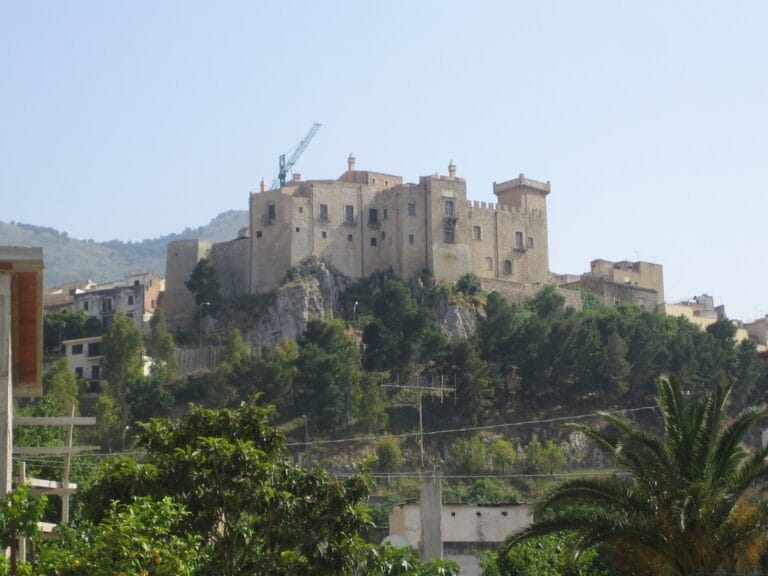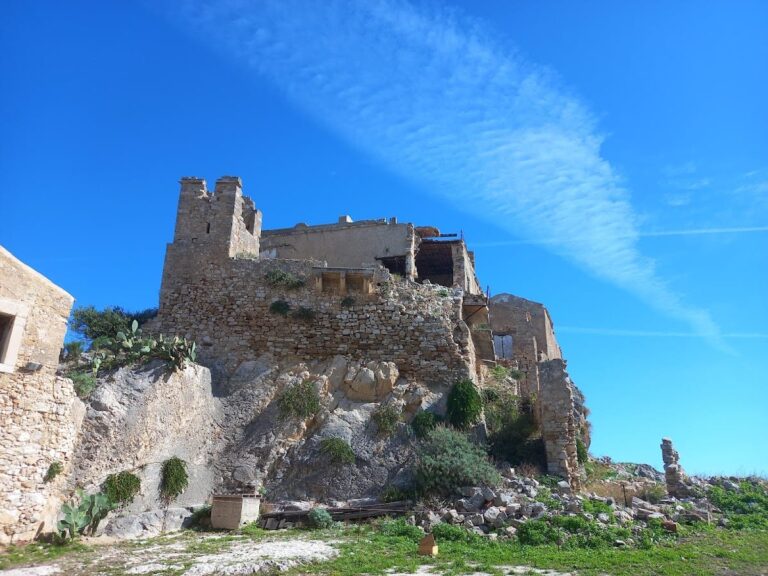Regional Archaeological Museum Antonio Salinas
Visitor Information
Google Rating: 4.5
Popularity: Medium
Google Maps: View on Google Maps
Official Website: turismo.comune.palermo.it
Country: Italy
Civilization: Greek, Phoenician, Roman
Remains: Museum
History
The Regional Archaeological Museum Antonio Salinas is located in Palermo in Sicily, Italy. The museum occupies a historic building originally constructed as a monastery for the Congregation of Saint Philip Neri. This religious complex was designed by architect Antonio Muttone in the late 16th century and completed during the 17th century.
Following the 1866 Italian law that suppressed many religious orders, the monastery was confiscated by the state and repurposed as a museum. The museum was officially established in 1814 as a university museum, drawing primarily from private collections, including that of Giuseppe Emanuele Ventimiglia, Prince of Belmonte. It later became a national museum and, since 1977, has been managed regionally by Sicily.
Antonino Salinas, an archaeologist and numismatist who directed the museum from 1873 until his death in 1914, greatly influenced its development. He donated his extensive private collection, which included around 6,000 coins, books, manuscripts, and personal items, enriching the museum’s holdings.
The museum’s collections expanded through archaeological excavations and acquisitions from key Sicilian sites such as Mozia, Tindari, Selinunte, Himera, Solunto, Megara Hyblaea, Camarina, and Agrigento. During World War II, director Jole Bovio Marconi protected the collection by moving it to the Abbey of San Martino delle Scale to avoid damage from Allied bombings. Despite these efforts, the museum suffered heavy damage during the war and was later restored under architect Guglielmo De Angelis d’Ossat.
In 2009, the museum closed for extensive restoration and partially reopened in 2016. As of 2022, the reopening of exhibition spaces continues in phases. The museum once housed the “Palermo Stone,” an important Egyptian artifact from the Old Kingdom, and held a fragment of the Parthenon frieze known as the “Palermo fragment.” This fragment was returned permanently to Greece in 2022 as part of cultural repatriation efforts.
Remains
During renovations in 2009, a previously hidden 17th-century polychrome wooden ceiling was uncovered in the former religious recreation room. The museum’s third cloister was transformed into a glass-and-steel covered courtyard called the “agorà,” which serves as a space for exhibitions and events. This courtyard displays 17 lion-shaped gutter spouts from the Temple of Himera, dating to around 480 BCE, some still showing traces of original paint.
Also exhibited in the agorà is a reconstructed pediment featuring the Gorgon from Temple C of Selinunte. This reconstruction is based on archaeological drawings made in 1926. Part of the agorà’s floor is glazed, allowing visitors to see the ancient pavement beneath.
The museum’s collections are arranged in rooms dedicated to specific archaeological sites and cultures. These include underwater finds such as anchors, lead weights, lamps, amphorae, and inscriptions. Phoenician-Punic sarcophagi and votive stelae are also displayed, alongside Greek temple metopes and sculptures. Etruscan sarcophagi and funerary objects, Roman sculptures and mosaics, and prehistoric artifacts from local caves complete the exhibits.
The architectural complex reflects its transformation from a religious institution to a museum, preserving significant decorative elements while accommodating large archaeological artifacts.










